- Iran has an advantageous geographical location and is an important fulcrum country for China's Belt and Road construction
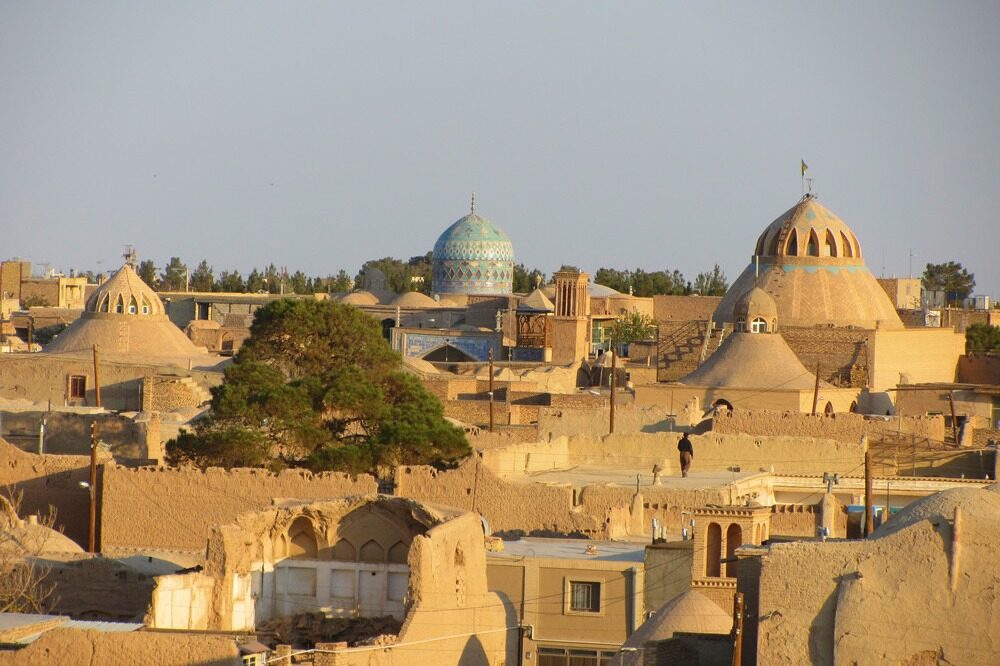
Since President Xi Jinping’s visit to Central Asia and ASEAN in 2013, he proposed the joint construction of the “Silk Road Economic Belt” and the “21st Century Maritime Silk Road”. The Belt and Road Initiative has received widespread attention from all walks of life. Especially after the Chinese government promised to invest more than US$1 trillion in infrastructure in more than 60 countries in Europe, Asia, and Africa, Iran, which was at the center of these plans, naturally recalled the past with China. Good years.
Iran's important pivotal position in the Belt and Road Initiative
On the ancient "Silk Road", Iran has a pivotal position; in the current One Belt One Road, Iran is also an extremely important fulcrum country. Iran is located in western Asia, east of the Caucasus, Central Asia and South Asia, west of the Arab world, south of the Persian Gulf and Indian Ocean. Since ancient times, Iran has been the main road connecting the east and the west, and because of this, it enjoys the reputation of "Eurasian Road Bridge" and "East-West Air Corridor". More importantly, in the current international geopolitical situation, Iran guards the most important oil transportation route-the Strait of Hormuz. Iran has as many as 15 neighboring countries, and it can serve as an important fulcrum in the Belt and Road Initiative and give full play to its radiation role. Indian scholar Asgaroladi believes that as China's Belt and Road Initiative is fully implemented, Iran's strategic importance to China will become increasingly prominent as an east-west transportation hub. Not only that, Iran will also become a hub for North-South transportation in the future. Russia once put forward the idea of integrating the regional economic development of Central Asia, South Asia and Siberia, that is, the North-South Transportation Corridor project, including Iran. The railway from Iran north to Central Asia and North Asia via Turkmenistan is already connected. In this way, Iran will become a junction of east-west traffic and north-south traffic, and its hub status will undoubtedly be further strengthened.
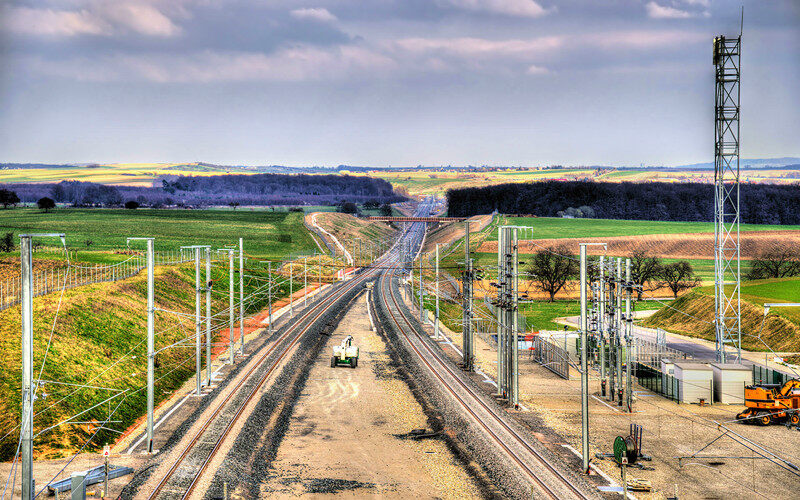
China and Iran have had frequent exchanges and friendly relations in history. This historical accumulation is the emotional bond of modern Sino-Iranian relations and contributes to the current exchanges between China and Iran. According to Ali Akbar Velayati, the international affairs adviser to Iran’s Supreme Leader Khamenei, “Anytime China needs Iran, Iran will respond positively without hesitation.
Another important factor that contributes to Iran's pivotal position is the economic complementarity of China and Iran, and the oil economy is one of the important elements. On the one hand, Iran’s abundant energy resources help support the rapid development of China’s economy; on the other hand, China’s products and technologies also help meet Iran’s needs for economic development and industrial upgrading. As a major member of the Organization of Petroleum Exporting Countries, Iran's proven oil and gas reserves and exports rank among the top in the world. However, due to long-term dependence on the oil economy and perennial Western sanctions, Iran's industrial development is relatively backward, and industrial equipment and industrial technology have yet to be upgraded. However, with the rapid development of China's industry, with a complete industrial system, more advanced industrial equipment and industrial technology, a large number of enterprises have grown up and urgently need to go abroad to participate in international cooperation. It is precisely because of the complementary features of the economies of China and Iran that the economic and trade cooperation between the two countries has developed rapidly, involving many fields such as oil and gas, mining, hydropower, chemicals, home appliances, machinery manufacturing, electronic products, rail transit, labor contracting, and agriculture. "For a long time, the commodity structure of Sino-Iran trade reflects the win-win characteristics of exchanging needs, learning from each other, and seeking common development."
China-Iran cooperation in the context of the Belt and Road Initiative
Iran is an important fulcrum country in the Belt and Road Initiative, but whether China and Iran can successfully achieve win-win cooperation depends on Iran’s awareness and response to the initiative. Because of the differences in the political and economic development of the countries along the Belt and Road, their attitudes towards the Belt and Road Initiative are also different. However, Iran is one of the countries that have responded positively.
In January 2016, China and Iran formally established a comprehensive strategic partnership, creating favorable conditions for energy trade and cooperation between the two countries. Subsequently, China and Iran carried out pragmatic cooperation in the fields of infrastructure construction, science and technology, and energy. Among them, renewable energy cooperation mainly focuses on hydropower, photovoltaic power generation, wind power generation, and biomass power generation. The cooperation model is mainly EPC project general contracting. Cooperative enterprises include large state-owned enterprises such as Gezhouba Group, China Power Construction, and Sinosteel, as well as private enterprises such as Beijing Zhonggong Yuanhe Technology and Zhejiang Tailai Environmental Protection Technology. In March 2021, China and Iran signed a 25-year comprehensive cooperation plan. The relationship between China and Iran has reached the level of strategic cooperation. Cooperation between Iran and China has become a strategic decision and long-term plan. Iranian President Rouhani stated that under the new situation, Iran is willing to maintain high-level exchanges with China, deepen cooperation in the fields of economy and trade, investment, energy, finance, and environmental protection, and actively participate in the construction of the Belt and Road Initiative.
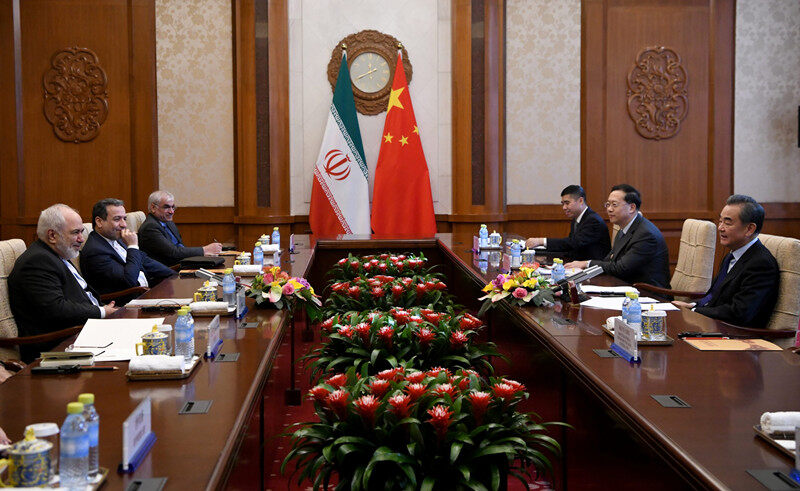
In terms of economic and trade cooperation. In recent years, China-Iran economic and trade cooperation has not decreased, but has increased substantially. Non-energy trade between China and Iran reached US$20.6 billion at the end of 2020. With the development of bilateral economic and trade cooperation, China has become Iran's largest trading partner, largest exporter of crude oil and a major source of foreign capital. During the Shanghai Cooperation Organization Summit and the AsiaInfo Shanghai Summit, the leaders of the two countries reached consensus on bilateral relations and other issues, and the economic and trade cooperation between the two countries has also moved forward steadily, especially in the fields of energy, transportation, communications, automobiles, and building materials. . However, the space for cooperation between the two sides still has many restrictions due to Iran's international sanctions. In the post-sanction era, Iran’s development potential will be further released, and its development needs urgently need to be met. This will undoubtedly provide a huge market for Chinese companies and Chinese products.
The oil and gas field is undoubtedly still the focus of China-Iran economic cooperation. At present, China is already Iran's largest crude oil exporter, while Iran is China's third largest source of crude oil imports. The crude oil sales agreement signed by China and Iran stipulates that Iran exports 400,000 barrels of oil to China every day. In addition to the import and export of oil and gas, the two parties have also cooperated closely in the development of oil and gas resources, such as the oil exploration project in the sixth block of the Caspian Sea, the natural gas field project in North Pars, the Yadavaran oil field development project, and the oil development project in the southern Caspian Sea. Wait. The cooperation between China and Iran in the field of oil and gas also has a trend of further expansion from the government to the private sector. As China's oil demand and consumption continue to rise, ensuring the oil and gas supply in the Gulf region has become China's important interest. Iran’s Minister of Energy Chitchian said: “The establishment of an energy community between China and Iran under the Belt and Road Initiative will contribute to the economic stability and development of the two countries.”
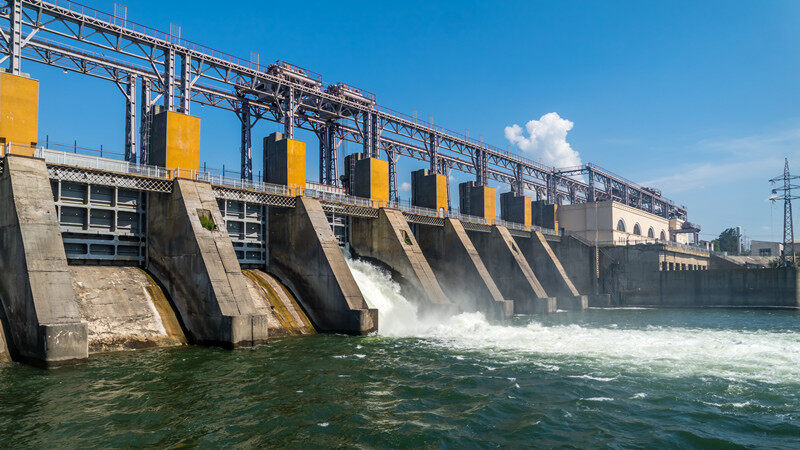
Bilateral investment will also be one of the focuses of China-Iran economic exchanges. As the Iranian scholar Taybuniya said, “For Iran, China is not an ordinary trading partner, but a strategic partner. The relationship between the two countries should expand from the trade field to a more comprehensive field." China to Iran The number of investments and investment fields in China continue to expand. Many Chinese-funded enterprises have entered Iran to open mines and set up factories and contract projects, such as the Rudba Hydropower Station project and the Iran-German high-speed rail project. With the active exchanges between the two sides under the Belt and Road Initiative, China and Iran The investment scale, investment field and investment model will also be further developed. Bachman Salish Javid, a member of the management committee of the Iran-China Friendship Association, believes that China's investment should not be limited to its oil industry, but can be more invested in power, mining, steelmaking and other industries.
Iranian Railways and China
Looking eastward, China is another partner willing to join hands with Iran for a win-win situation. The Belt and Road Initiative proposes that the China-Europe Express trains entering Iran have long been the goal of the industry. Iran’s market potential of 84 million people, as well as its role as a hub that runs through the southern route and connects the Eurasian continent, has always been optimistic about its huge potential.
Iran has an advantageous geographical location. The north-south railway transport runs through the Caspian Sea in the north, the former Soviet Union and the Persian Gulf, the Arabian Sea and the Indian Ocean in the south. In the northwest corner of Iran, there is also Turkey, a booming economic "gateway" to Europe. Many possible combinations make Iran a strategic location on Asia-Europe and global logistics transportation routes. Lin Zuoru, who only speaks a few words in Persian, has established a "small kingdom" here since he came to Iran in 2002. Various commodities produced by his eight factories have found markets in Iran and neighboring countries. Lin Zuoru followed a key part of the trade route that was about to become an electrified railway built with Chinese loans to connect Tehran and Mashhad. After the railway is repaired and connected to a wider railway network, Lin Zuoru will be able to export his goods to distant northern Europe, Poland and Russia, and the cost will be much lower than it is now.
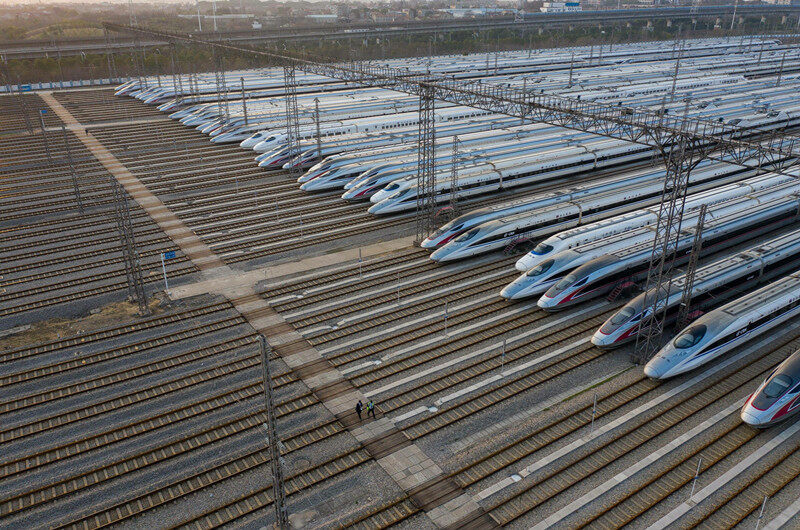
Currently, there are three routes for railway transportation from China to Iran. One is the line from Changsha to Tehran. Departing from Alashankou, arriving in Iran via Kazakhstan and Turkmenistan, the total length is 9,954 kilometers, and the planned transportation time is 15 days. The second is the line from Changsha to Iran's Yincheblong. The exit routes are the same, with slight changes in Kazakhstan and Turkmenistan. The whole journey is 9,035 kilometers and the running time is 14 days. The third is the same from Changsha to Tehran, but chose to cross the Caspian Sea and take the rail ferry from Aktau port in Kazakhstan to the port of Anzali in Iran. The route is the shortest, 8676 kilometers, and the transportation time is only 12 days.
It is worth mentioning that Iran plans to expand its railway network to reach 20,000 highways by 2025. The entire railway modernization investment project is expected to require 28 billion U.S. dollars. According to Iran's 2016-2021 "Sixth Five-Year Plan" national development plan, it is a promising goal to increase railway transportation to 30% of the freight market. More importantly, the construction of the railway is intended to integrate Iran's freight transport system with other countries. In this way, the China-Europe and Central Asia trains will stand higher and see farther.
The exchanges between China and Iran have a long history and friendly relations. Through active cooperation under the Belt and Road Initiative, China and Iran will have great development prospects in the future and truly achieve mutual benefit. Editor/Tian Zengpeng
Comment
 Praise
Praise
 Collect
Collect
 Comment
Comment
 Search
Search



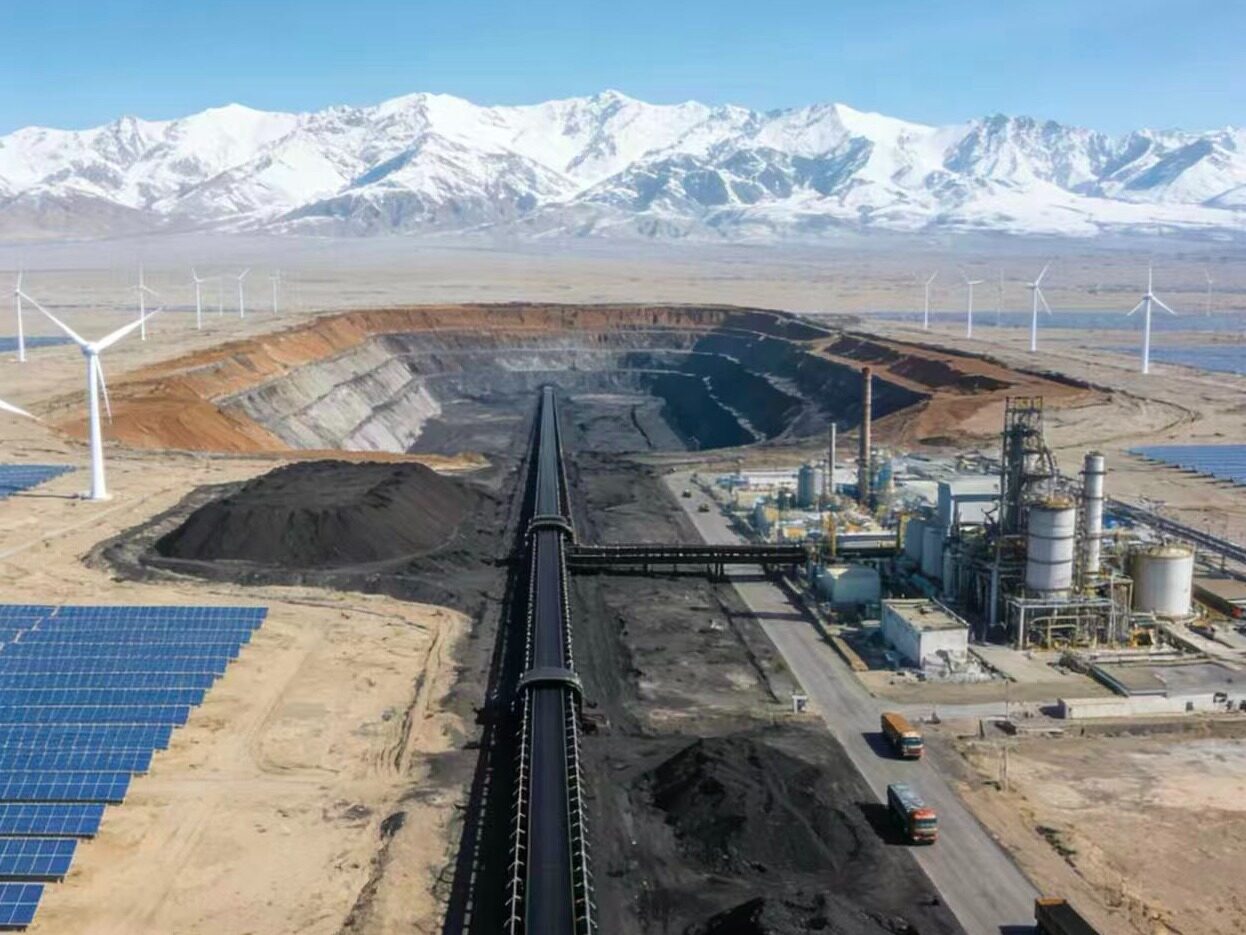
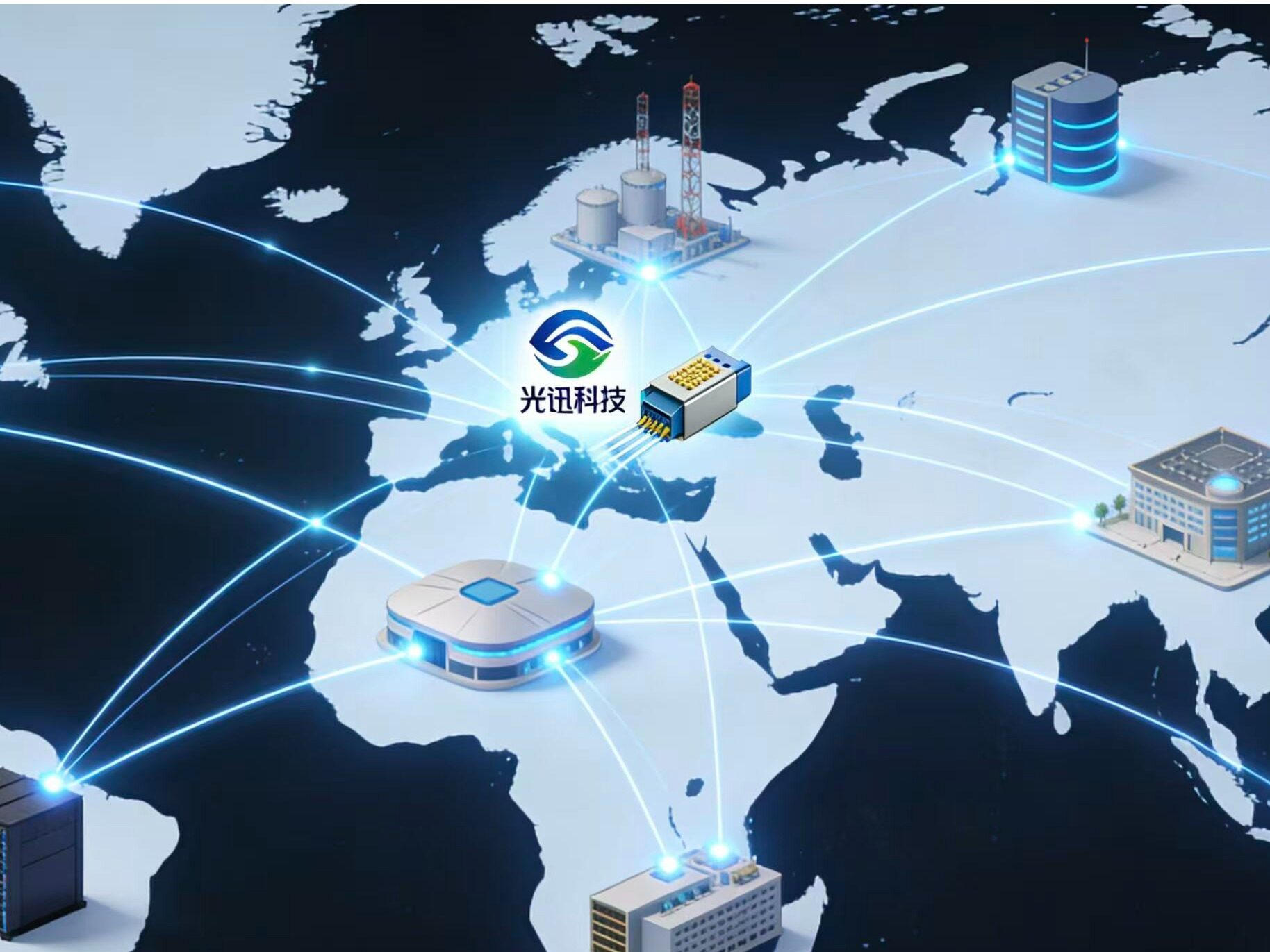
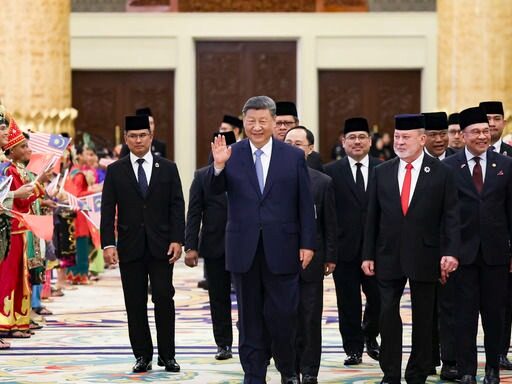

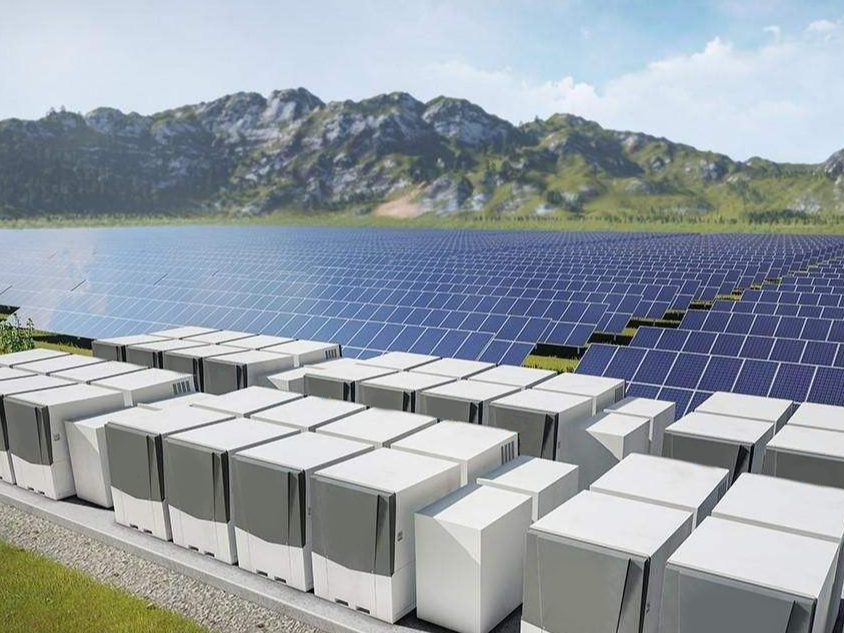






Write something~